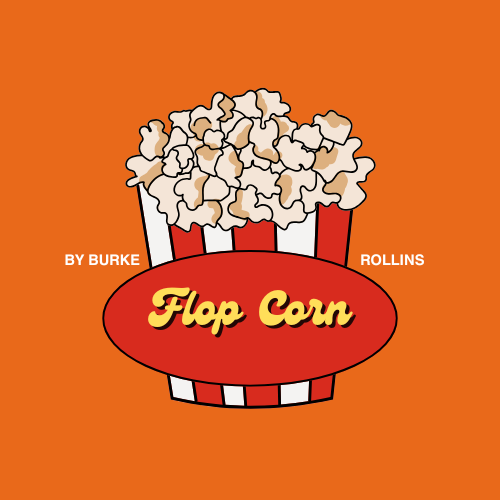The book of johns is long-winded. Sometimes in ink, sometimes in graphite, and, in more alarming cases, carved by a knife, its scrawls express a range of thought as diverse as our species – some thoughts regal, as though written from upon the throne; some crude, as though written from… well, exactly where they were written from.
Berkeley folklorist Allan Dundes coined the term “Latrinalia” in 1966 to describe these bathroom inscriptions known colloquially as “****house poetry”. Latrinalia’s history most likely runs parallel to the history of the latrine itself. Proudly tooting his own horn, a Pompeian once wrote: “Secundus defecated here.”
Though Furman’s stalls usually remain silent, there are those that speak out – not very well, however. “Sig Nu is for F*gs” heralds the men’s room stall across from the Language Department’s suite. “F**K ΣAE” proclaims the fourth stall from the back in Riley’s downstairs men’s room, while the upstairs Duke Library men’s room simply endorses a few capital letters: “KKK”. Of course, these are just the verbal examples. You can guess what comes next (no pun intended). The phallus frescoes that adorn others suggest that – for Furman, at least – we may have been a bit too quick to say auf wiedersehen to Freud.
So, I ask, where is the “robust intellectual atmosphere” of which we are frequently reminded in F.U.’s propaganda? Maybe, those souls eloquent enough to do us justice are bound as much to high morals as they are to the rules of high speech. Bathroom graffiti is vandalism, yes, but it is an even greater crime that prospective (male) students interested in “engaged learning at a leading liberal arts university” find themselves dragged into the ongoing mystery as to which fraternity sucks what. Men’s rooms can be places of fraternal discourse, but ours have devolved to places of fraternity diss wars.
One meek ray of hope grins from the urinal wall of the Environmental Sciences men’s room, however. “I Likes the Cheez,” it simply states. It is an adorable mouse interpreted out of what would be otherwise seen as peeling paint, the shape of a flaw. I likes it. It’s so stupid, yet so amusing, that I can’t help but giggle each time I visit this little icon of doodle divinity. That’s what bathroom graffiti can be; not destructive, but restorative. It can make your day.
Another Pompeian wrote: “We to wonder, O Wall, that you’ve borne your burden so bravely under the weight of the words scribbled all over your face.” It’s a shame that the custodial staff has to waste paint and sandpaper on our knuckle-dragging scribbles. From the good times to the broken-hearted, bathroom graffiti can catalog the human experience in all its expressions. We seem only to have one. “Why?” asks a philosophical fellow in the middle stall of the Paladen’s men’s room. Why, my friend? That is a very deep question, indeed.







































